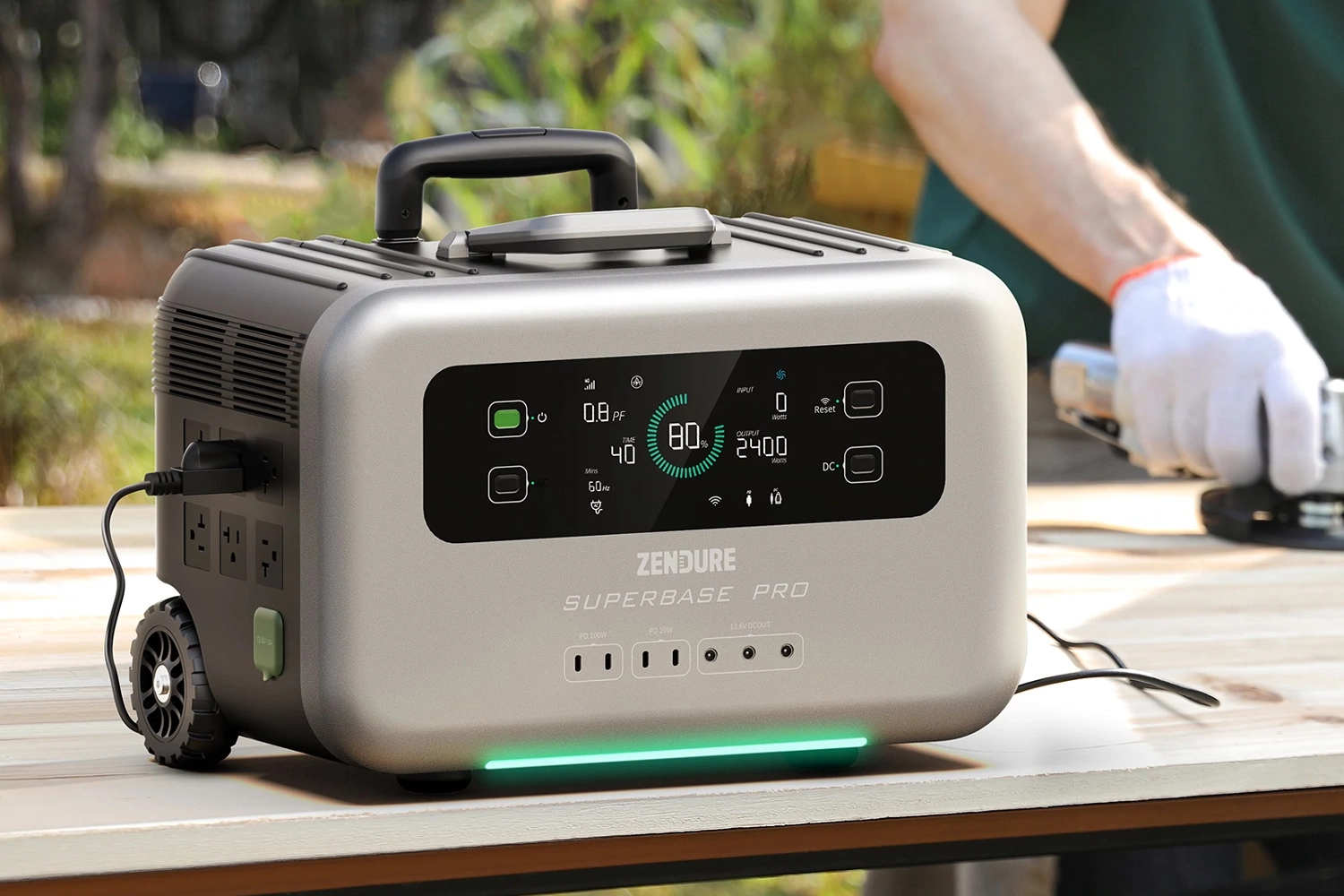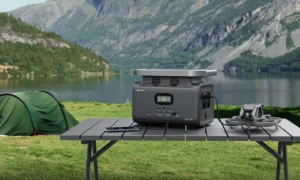The first solid-state technology battery has been introduced in 330, 660, 2000, and 4000-watt power stations by Zendure, providing more power in a smaller, safer power station for usage ranging from outdoor family and adventure to home backup and industrial settings.
Instead of the cumbersome and flammable liquid electrolyte present in conventional lithium batteries, the state-of-the-art solid electrolyte used in these portable power stations enhances performance and marks a significant advancement in battery technology. When compared to conventional lithium batteries, batteries with higher energy density can store the same amount of power in a smaller, lighter packaging. These batteries offer far lower risk since they use a solid electrolyte, whereas liquid electrolytes are flammable and can catch fire if a battery is damaged or overheated.
These batteries also enable quicker charging up to 80% capacity in under an hour providing customers with dependable, transportable power that is prepared when they are. These batteries have a power density that is up to twice that of conventional lithium batteries per pound, allowing users to carry more power to handle more demanding jobs.
The SemiSolid State Technology
The new industry standard for portable home energy systems will be unveiled at the consumer electronics show which is, a rapidly expanding clean energy technology start-up.
The industry’s first system with semi-solid state batteries has a capacity range of 6.4 kWh to 64 kWh. It raises the bar for whole-home energy management with its dual-voltage output of 120V/240V and support for solar panels and EV charging. This system can be charged to 6.6kWh using a satellite expansion module for solar power combined with AC outlet power in just one hour, making it an incredibly flexible, versatile, and capable energy system.
Use scenarios range from off-grid use and smart home use to charging electric vehicles, camping, and smart homes. Communities all around the world are becoming critically concerned about the rising cost of energy, recent natural catastrophes, grid outages, and lack of access to electricity. Energy is about survival and connection, so when people and communities lose it, even for a day, it affects more than simply the luxuries and conveniences of modern life. The solution provided by Zendure offers both long-term cost savings and energy security.
The portable power station industry has expanded significantly over the last few years, according to marketing and product development. Using a solid-state battery to power the stations had various benefits.
There are several energy storage technologies used in portable power stations, including lithium-ion batteries, lead-acid batteries, and fuel cells. Each technology has its own strengths and weaknesses when it comes to portable power applications. Here’s a comparison of semisolid state technology to other energy storage technologies commonly used in portable power stations:
Lithium-ion batteries
Advantages: High energy density, long cycle life, lightweight, and relatively low self-discharge rate.
Disadvantages: Limited power output, risk of thermal runaway, and expensive.
Lead-acid batteries
Advantages: Affordable, readily available, and reliable.
Disadvantages: Heavy, low energy density, short cycle life, and requires maintenance.
Fuel cells
Advantages: High energy efficiency, lightweight, and quiet operation.
Disadvantages: High cost, limited availability, and requires fuel to operate.
Semisolid state technology
Advantages: High energy density, fast charging, long cycle life, and improved safety.
Disadvantages: Limited commercial availability and relatively high cost.
Compared to other technologies, semisolid state technology offers several advantages for portable power applications. It has a higher energy density than lithium-ion batteries, which means it can store more energy in the same size and weight. Semisolid state technology also has a faster charging rate and a longer cycle life, making it more efficient for portable power applications. Additionally, semisolid state technology has improved safety features compared to lithium-ion batteries, which are known to be prone to thermal runaway. However, semisolid state technology is still in the early stages of development, and commercial availability is limited, which may make it less accessible for some portable power applications.
Conclusion
Gathering lines freeze, wells get extremely cold, and pumps lose power, according to a natural gas analyst. Gas and liquid fuel cannot thus get to the towns that require them, depriving millions of people of access to medicine, healthcare, communication, and also in emergency services.

































